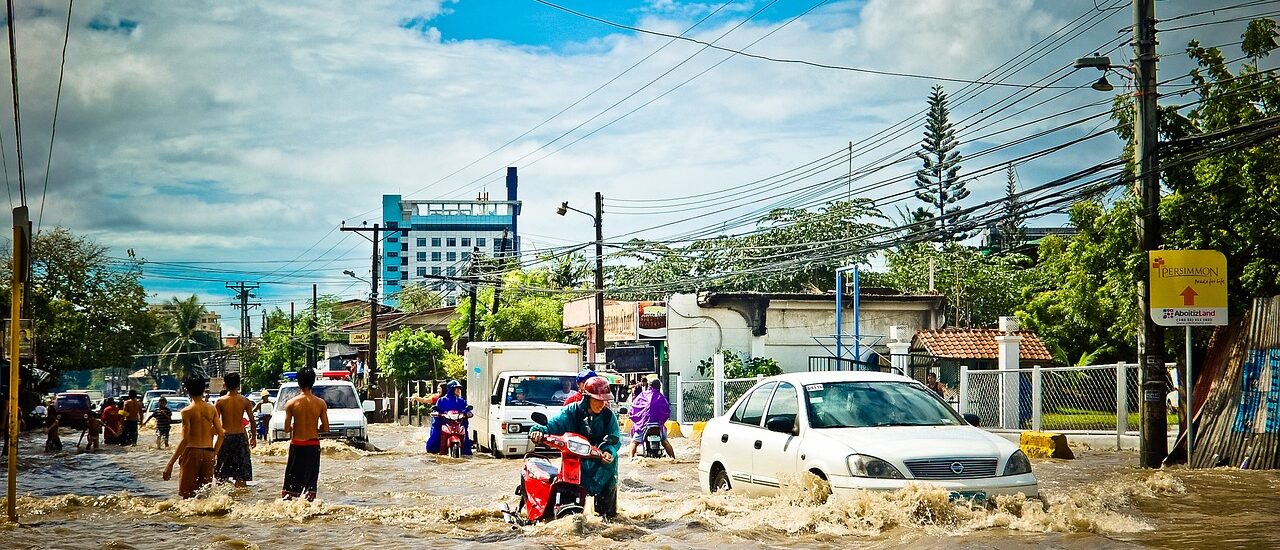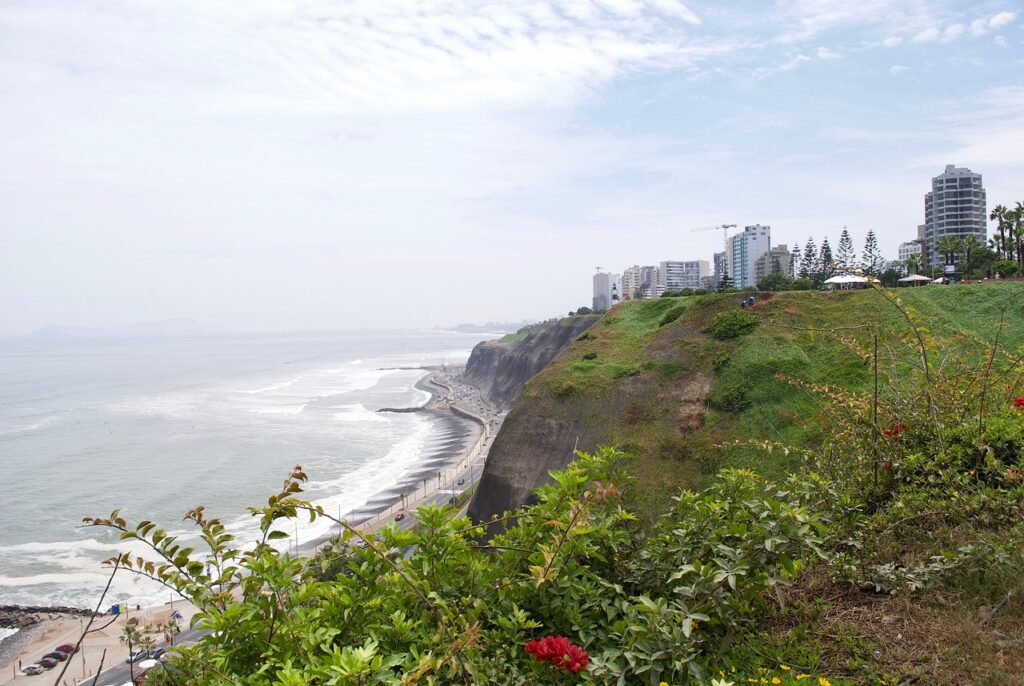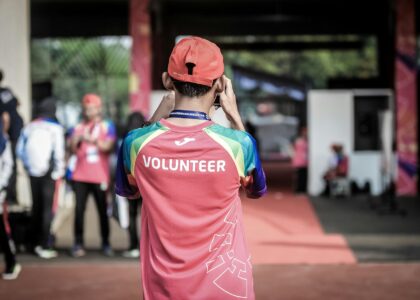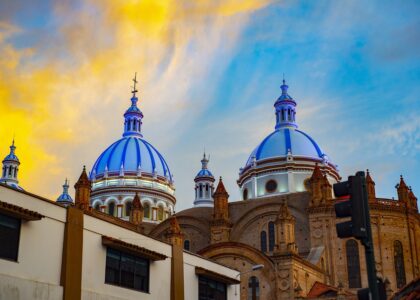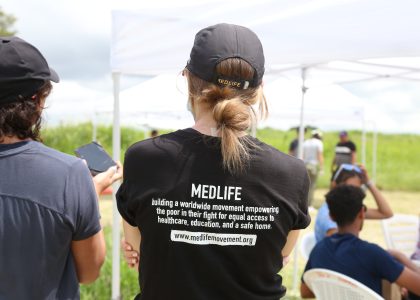El Niño Southern Oscillation, commonly known as El Niño, is a significant climatic event with far-reaching impacts, especially in regions like Lima, Peru. This phenomenon involves complex weather patterns characterized by warmer ocean temperatures and increased rainfall. The impact of El Niño Southern Oscillation on the human settlements in Lima is profound, affecting various aspects of life in these communities. Young populations in coastal and mountainous areas of Lima are particularly vulnerable to the drastic weather changes brought by El Niño, leading to challenges such as severe flooding and landslides. Understanding El Niño’s influence is crucial for grasping Lima’s residents’ environmental and social challenges.
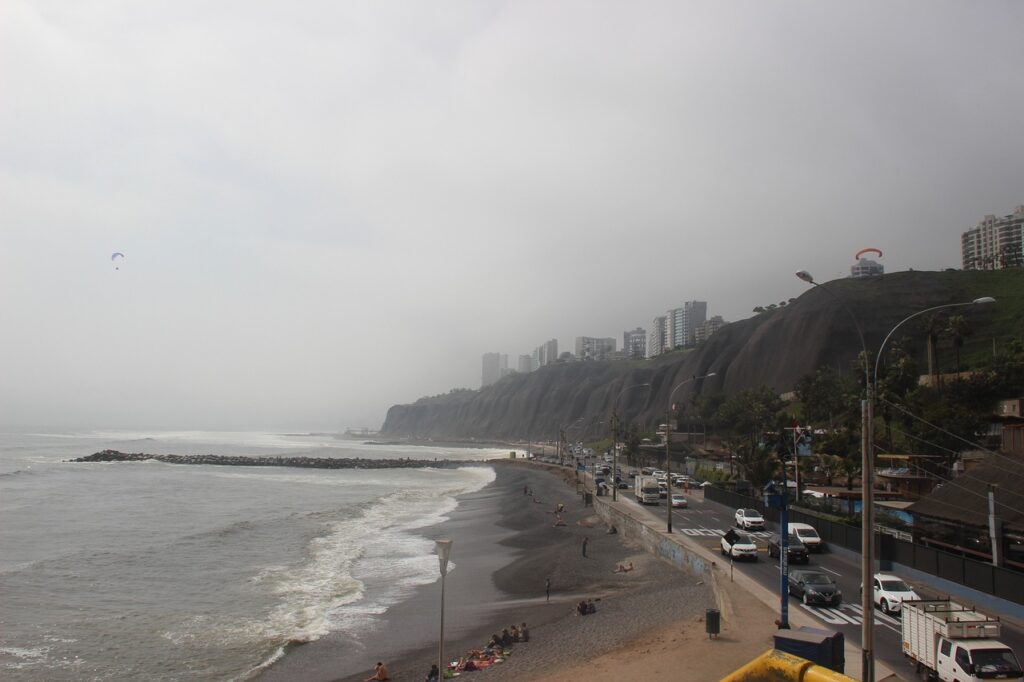
Understanding El Niño's Climate Impact
El Niño dramatically alters weather patterns, primarily causing increased rainfall and warmer ocean temperatures. In places like Lima, these changes can lead to extreme weather conditions. Higher rainfall often results in flooding, while the rise in ocean temperatures can disrupt marine ecosystems. These weather changes significantly impact local environments and communities, especially in vulnerable coastal and mountainous regions. Understanding the dynamics of El Niño is crucial in anticipating its effects and preparing for the challenges it brings to areas like Lima.
Impact on Coastal and Mountainous Regions
The impact of El Niño Southern Oscillation on the human settlements in Lima is particularly severe in coastal and mountainous areas. These regions face increased flooding due to heavy rainfall, leading to significant disruptions. Coastal areas, which are densely populated, experience heightened risks of flood damage. In mountainous regions, the situation is exacerbated by landslides, which can destroy homes and cut off access to essential services.
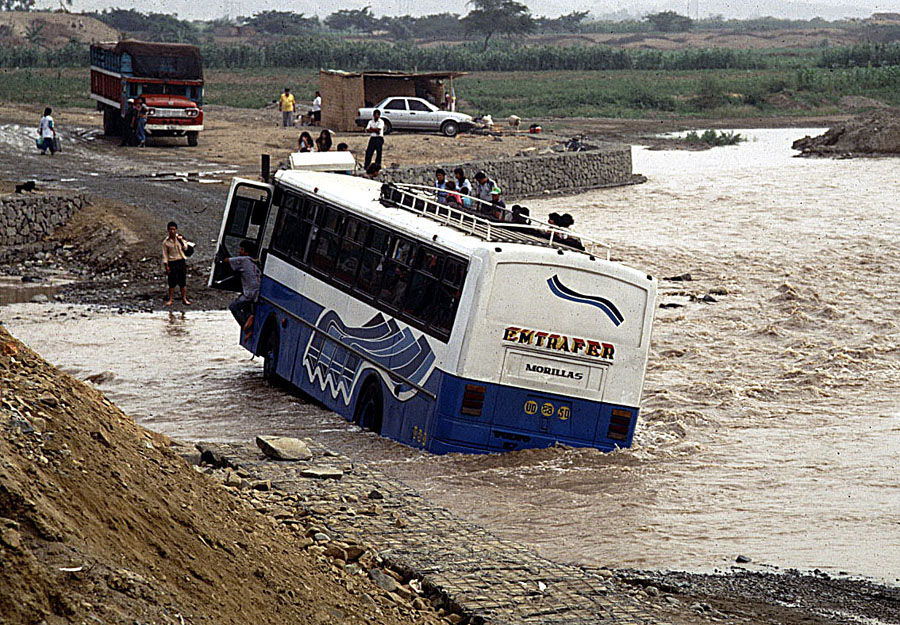
Disruptions to Daily Life
El Niño’s effects extend to daily life, severely impacting homes, education, and access to vital resources. Flooding can damage or destroy housing, displacing families and disrupting communities. Schools often close, affecting education continuity. Furthermore, access to clean water and food supplies becomes challenging as floodwaters contaminate water sources and disrupt food distribution channels. The impact of El Niño Southern Oscillation on the human settlements in Lima is extremely detrimental and can have a lasting negative impact.

El Niño's Economic and Health Impact in Lima
The aftermath of El Niño poses significant economic and health challenges for Lima’s residents. Economically, the destruction caused by floods and landslides can lead to loss of livelihoods, especially for those in agriculture or small businesses. Repairing homes and infrastructure also strains financial resources. Health-wise, the increased prevalence of waterborne diseases due to contaminated water sources poses a serious risk. Additionally, the disruption in access to healthcare services exacerbates the situation, especially for those with chronic conditions or in need of immediate medical attention. These challenges highlight the broader impact of El Niño beyond immediate environmental effects.
Resilience in the Face of El Niño: Lima's Journey
In Lima, the community’s response to the challenges posed by El Niño is a testament to their resilience and adaptability. After experiencing the harsh impacts of this weather phenomenon, including severe floods and landslides, residents have worked together to strengthen their city’s defenses and aid recovery efforts.
Key to these efforts is the improvement of infrastructure. The city has focused on reinforcing buildings and roads to withstand extreme weather conditions better. This includes upgrading drainage systems to manage the increased rainfall effectively and prevent flooding. Emergency response plans have been refined, ensuring that residents are better prepared and can respond quickly and efficiently during crises.
Healthcare services have been reinforced to deal with the rise in waterborne diseases often seen after flooding. Community health programs have been initiated to provide essential medical care and spread awareness about disease prevention.
Economic recovery is another critical area. The government and local organizations have provided support to those who have lost their livelihoods, especially in the agriculture and fishing sectors. Programs aimed at revitalizing small businesses have been essential in helping the local economy bounce back.
Furthermore, there’s an effort to educate the public about El Niño and its effects. Schools and community centers offer programs to teach residents about the phenomenon, how to prepare for it, and how to mitigate its impacts. These educational initiatives are crucial in building a community that is not only prepared for future El Niño events but also capable of recovering more quickly and effectively.
Together, these measures paint a picture of a city that, despite the challenges posed by nature, is making strides toward a safer and more resilient future. Through improved infrastructure, healthcare, economic support, and education, Lima is setting an example of how communities can adapt and thrive in the face of environmental adversities.
Resilience Against the Impact of El Nino Southern Oscillation on the Human Settlements in Lima
The impact of El Niño Southern Oscillation on the human settlements in Lima underscores the critical need for preparedness and resilience. This phenomenon has highlighted the importance of strong community efforts, like those of the Safe Homes Movement and MEDLIFE, in aiding those affected. These organizations work tirelessly to ensure safety and support for vulnerable communities during such natural challenges. To learn more about these efforts and how you can contribute, download the brochure for details on how you can help. This is your invitation to be part of a meaningful global effort towards resilience and support!


